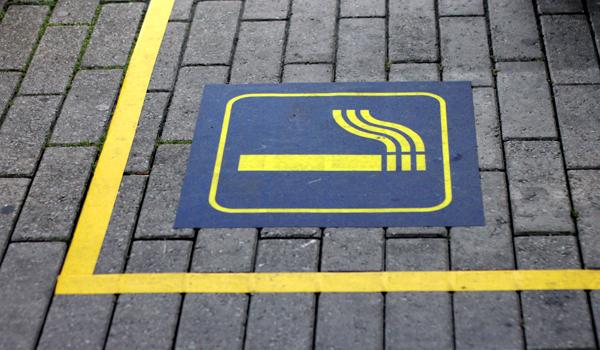
Sille Krukow has identified the biggest threat to mankind -- it’s us. More specifically, it’s our everyday behavior, says Krukow, a design expert from Denmark who spent the summer teaching at the University of Colorado Denver.
“It is basically killing us and costing us a lot of money,” she says.
For example, many people leave lights on in a room after they’ve left. Just multiply one instance of that by the population of the Earth, Krukow says, and you get an idea for how pervasive the problem of energy waste may be.
Don’t be too hard on yourself, Krukow says. Most of us are more creatures of habit than we’d like to admit, meaning it’s human nature, she says, to fail to consider what’s right for ourselves and the world.
Krukow, who teaches an emerging discipline called behavioral design, says the problem isn’t caused simply by a lack of willpower. Rather, it’s often an effect of the way we engineer the spaces we live in.
And therein lies the answer, she says: Krukow makes design changes that “nudge” people toward desired behaviors. Such engineering can take place in physical spaces and in the digital world.
- At the Copenhagen Airport, Krukow painted yellow squares on the ground with a cigarette symbol inside to let people know the area was designated for smokers. She says the incidence of what she calls “inconsiderate smoking” shrank in half and exposure to second-hand smoke was reduced.
- She nudged the members of The Danish Management Society into making healthier choices at the lunch buffet and reduced the amount of food that’s thrown away by introducing smaller plates.
- She introduced color-coded bins to beaches to inspire people to recycle.
Krukow says recycling systems are planned well in Colorado.
“The bins are well organized,” she says, noting some have holes of different shapes that indicate where to toss cans, paper and other waste.
One thing that perplexes her about Colorado are the street signs. She notes that all the signs in Denver are written -- and in English. Everyone on the road, she notes, may not speak English, so symbols could be more effective than words in getting drivers to behave the way they should.








